Stunning photos and a plethora of scientific commentary unveil the mystique of the natural stones and finished jewels on display at Paris’s National Museum of Natural History (MNHN).
This volume is a companion to an exhibition that opened in September at France’s Muséum National d’Histoire Naturelle (MNHN). A collaboration with Van Cleef & Arpels, the Paris exhibit — which runs through June 14, 2021 — merges scientific information, iconic jewelry and objets d’art. Gems represents them all beautifully.
“Natural history enlightens us on the origins of the things that fill us with wonder,” reads the preface by Bruno David, president of the MNHN, Paris. This is the premise of the exhibition, which brings together “the minerals of the earth and jewelry” and offers a glimpse beyond the surface beauty of an emerald necklace or a pair of diamond earrings, he says.
With fascinating close-up photography and in-depth factual information, the book covers both the Earth’s natural creations and the techniques that have led to the finished pieces on display. It features contributions from an “international team of mineralogists, scientists and specialists in natural history and in the history of jewelry” under the direction of François Farges, a professor of mineralogy at the MNHN. Gems is also, therefore, a reference book that will attract readers with both a scientific and an aesthetic interest in raw crystals, cut stones and jewelry.
Seven main principles govern the formation of these stones, according to Gems: pressure, temperature, fluids, water, oxygen, life and metamorphism. The book goes on to explore them with illuminating photos and text.
In their mineral form, the book says, gemstones tell the story of the Earth’s history, revealing tales of all the upheavals that are part of the planet’s evolution. And in jewel form, “they speak to us of the civilizations that prized them, of distant lands explored by intrepid travelers, and even of our own ancestors, who had their own perception of these treasures.” Gemstones move “from the workshop of our planet to the jeweler’s studios,” where the artist’s techniques enhance their stories.
The final chapter focuses on Le Rocher aux merveilles (Rock of Wonders), a piece Van Cleef & Arpels created especially for the exhibition. A fitting combination of raw, polished and faceted stones, the work is an eye-catching 13.5-pound block of ancient lapis lazuli that sits on a base of partially polished quartz from Brazil, according to the book. It took two years to complete and includes 10 detachable jewelry pieces that can be worn.
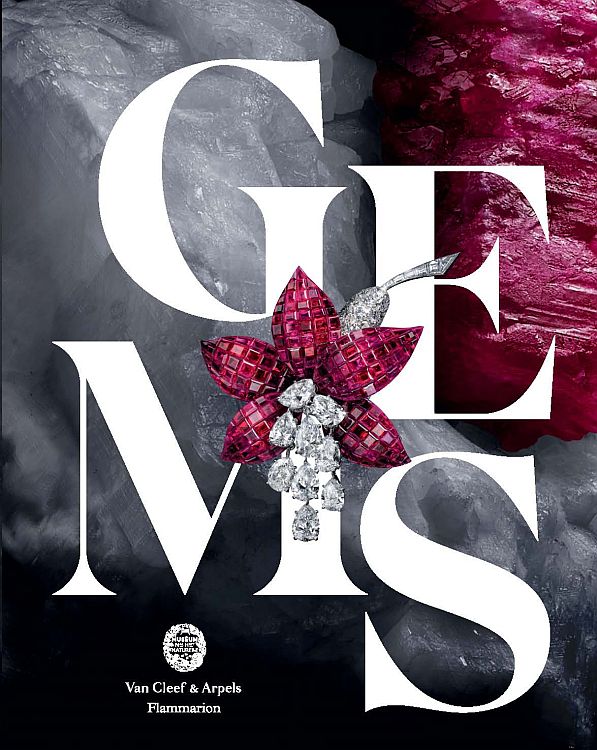
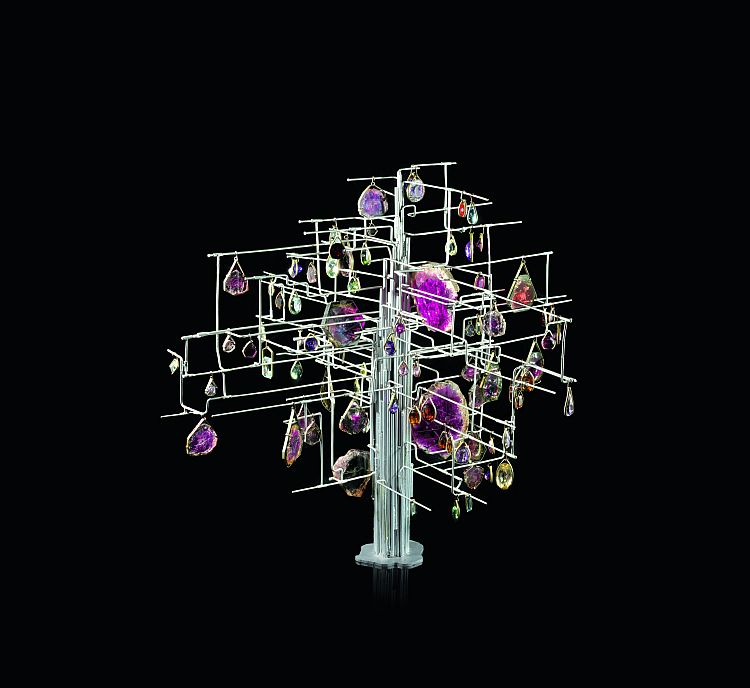
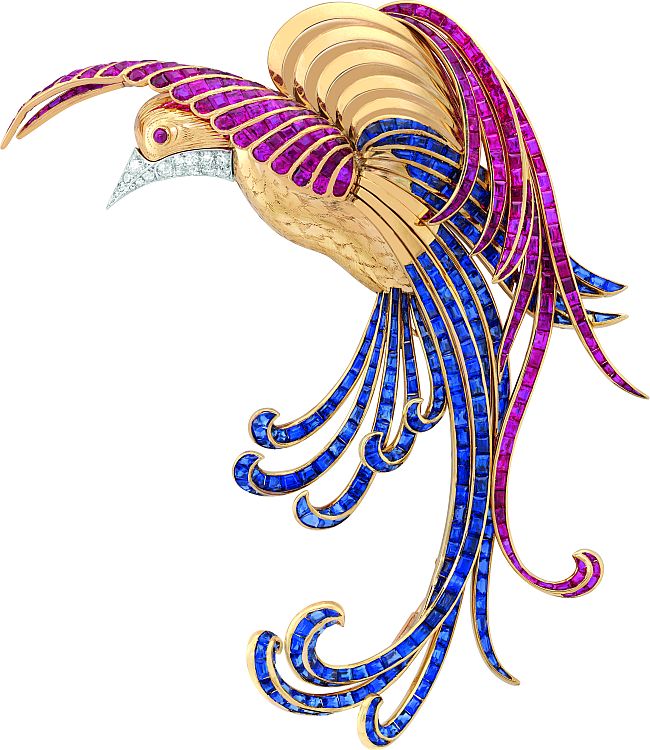

Main image: Minerals from the collection of Professor René-Just Haüy Four beryl crystals. Photo: MNHN/François Farges.

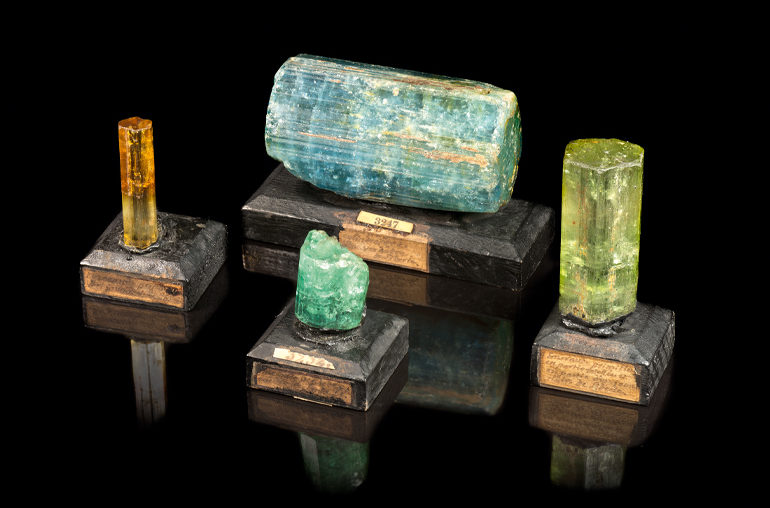

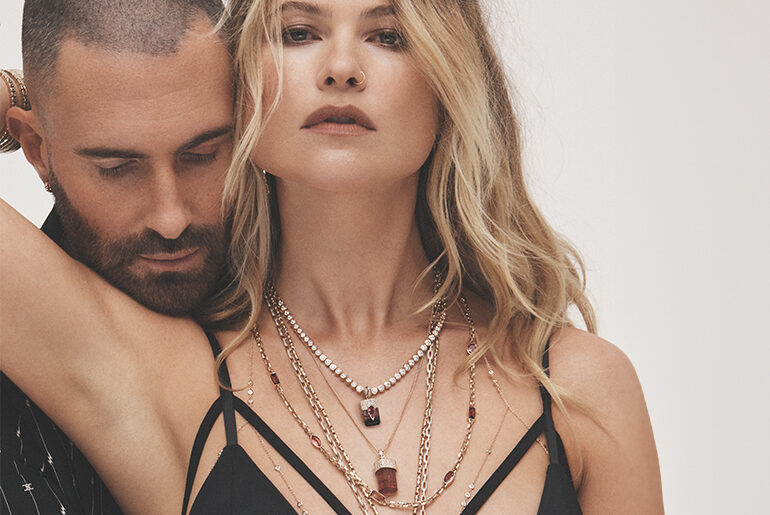
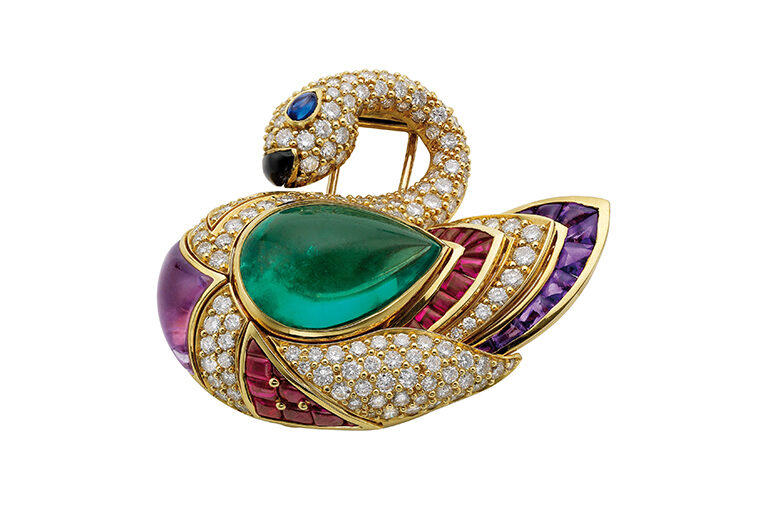
8 Comments
Visit the next link to learn more about quietum plus reviews PLEASE click:https://gumroad.com/supplementreview/p/does-quietum-plus-really-work-quietum-plus-reviews
Visit the next link to learn more about quietum plus reviews
PLEASE click:https://gumroad.com/supplementreview/p/quietum-plus-ingredients-is-quietum-plus-legit-video-2020
Visit the next link to learn more about quietum plus reviews PLEASE click:https://gumroad.com/benefitsingredients/p/quietum-plus-capsules-quietum-plus-reviews-2020
Visit the next link to learn more about quietum plus
reviews PLEASE click:https://gumroad.com/supplementreview/p/quietum-plus-price-quietum-plus-benefits-official-review
Visit the next link to learn more about quietum plus reviews PLEASE click:https://gumroad.com/supplementreview/p/quietum-plus-benefits-is-quietum-plus-legit-review
Visit the next link to learn more about quietum plus reviews PLEASE
click:https://gumroad.com/benefitsingredients/p/quietum-plus-reviews-quietum-plus-reviews-2020
Visit the next link to learn more about quietum plus reviews PLEASE click:
https://gumroad.com/supplementreview/p/quietum-plus-price-quietum-plus-benefits-official-review
Quietum plus review : Is It SCAM – Does It Actually Work?